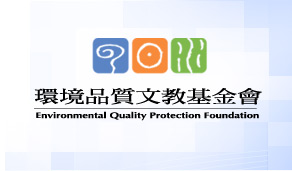| |
Over the past few years, issues emphasizing the impact
of environmental endocrine disrupters have focused on a
dozen persistent organic pollutants (POPs), namely dioxins,
furans, endrin, aldrin, DDT, chlordane, dieldrin, heptachlor,
hexachlorobenzene (HCB), mirex, polychlorinated biphenyls
(PCBs), and toxaphene. Among these 12 POPs, nine are organochlorine
pesticides. These chemicals exhibit resistance to biological,
physical, and chemical breakdown processes in the environment
and can accumulate in organisms. Furthermore, atmospheric
transportation renders them global contaminants, and they
can even be detected in the polar environments, as well
as in organisms in these regions. POPs can alter the early
development and normal reproductive, neurological, and
immunological functions in humans as well as wildlife,
resulting in adverse health effects and ecological disturbance.
Some of the POPs were also classified as carcinogenic to
humans.
In 1997, the United Nations Environment Programme (UNEP)
was requested by different governments to convene negotiations
of treaties to reduce and/or eliminate releases of POPs
into the environment. At the same time, academic and
governmental scientists and various environmental groups
also suggested immediate actions by UNEP and others to
address POPs problems. On 10 December 2000 in Johannesburg
, South Africa , diplomats from 122 countries finalized
the text of a legally binding treaty for POPs. The treaty
is expected to be formally adopted and signed by plenipotentiaries
at a diplomatic conference in Stockholm on 22 May 2001
. Although the whole processes for resolving the POPs
problem via this commitment will still take several years,
this is an important step for protecting our present
and future generations and our ever fragile ecosystems
from POPs.
Under the Taiwan Pesticide Control Act (TPCA), Taiwan
banned from agricultural use organochlorine pesticide
POPs consecutively from 1971. Starting in 1988, the Taiwan
Environmental Protection Administration (TEPA) listed
the 10 of the 12 POPs (excluding dioxins and furans)
as regulated toxic chemicals under the Taiwan Toxic Substances
Control Act (TTSCA). Table 1 outlines the current statuses
of the 10 POPs
in Taiwan . However, due to the persistency of these compounds
and the quantity used during the early years, they are
still prevalent in different environmental matrices, such
as soil, sediment and biota, even though over 10 years
have passed since the complete banning. Information regarding
these toxic chemicals in our environment, as well as in
the general population in Taiwan , is very limited and
not up-to-date. Moreover, human exposure via different
pathways, especially via ingestion of contaminated foods,
and the associated risks have not been characterized. POPs
management in Taiwan still has a long way to go. ………
( Download) Download) |
